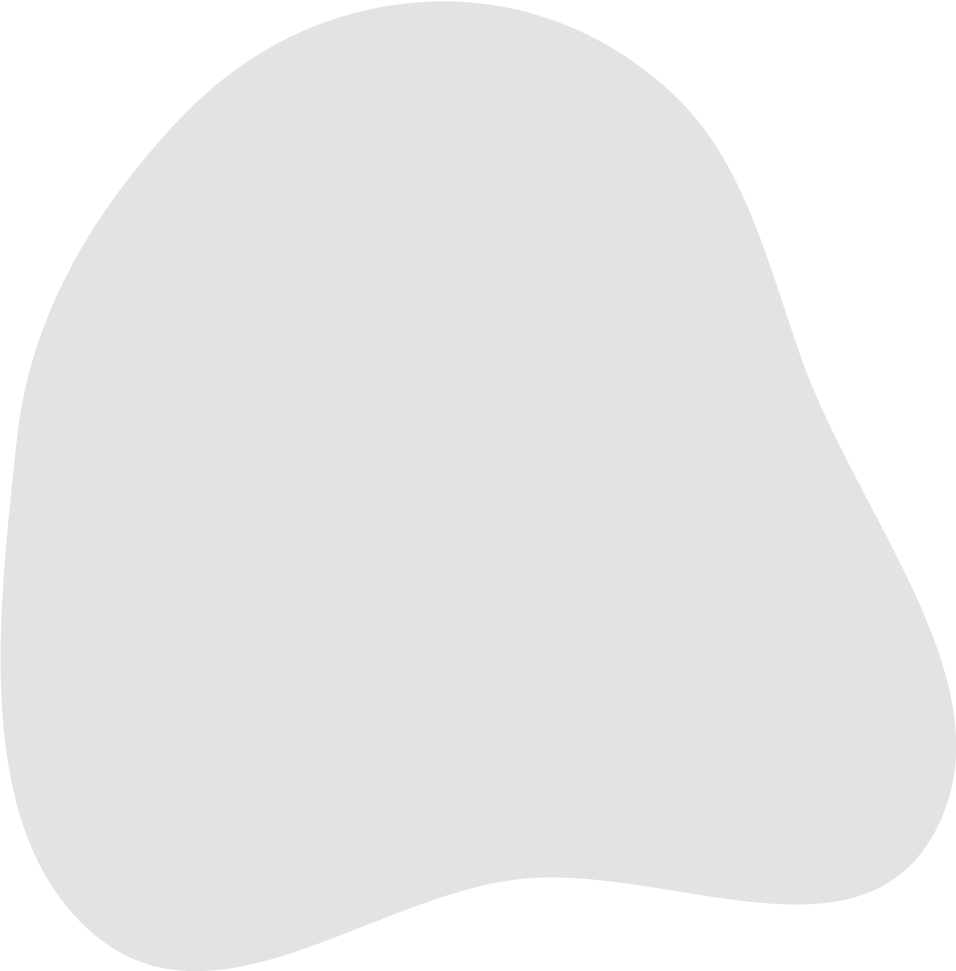How to draw the sun - a free sun drawing guide
Draw a bright sun with rays, shading, and simple highlights using pencil and colored pencils. Practice shapes, symmetry, and light direction.

Get inspired with these



Drawing
Step 1
Gather your materials and sit at a flat table with good light.
Step 2
Place the round object in the middle of the paper and trace around it with your pencil to make a circle.
Step 3
Put a small dot in the center of the circle to mark the sun’s middle.
Step 4
Draw one vertical and one horizontal light guideline through the center to help make your sun even.
Step 5
Use the guidelines to draw eight long straight rays extending outward from the circle so they sit evenly around it.
Step 6
Add smaller curved spikes between the long rays to give your sun extra texture.
Step 7
Erase the light guidelines and any stray pencil marks so only the circle and rays remain.
Step 8
Shade the lower half of the circle lightly with your pencil to show a shadow on the sun.
Step 9
Draw short pencil strokes along the rays and inside the circle to create lines of texture.
Step 10
Trace the outer edges of the circle and rays with a darker pencil or fine liner to make crisp outlines.
Step 11
Color the center of the sun with yellow using light circular strokes to keep it bright.
Step 12
Color the outer edges of the sun and the tips of the rays with orange or red to make a warm glow.
Step 13
Gently blend where the yellow meets the orange by coloring over the edge with light strokes so the colors mix smoothly.
Step 14
Take a photo of your finished sun and share your creation on DIY.org.
Final steps
You're almost there! Complete all the steps, bring your creation to life, post it, and conquer the challenge!


Help!?
What can I use if I don't have a round object, fine liner, or colored pencils?
Use any circular lid, cup, or jar to trace the circle, substitute a darker graphite pencil or felt-tip marker for the fine liner, and use crayons or washable markers instead of colored pencils.
My rays look uneven—how can I fix them?
Lightly redraw the eight long rays using the vertical and horizontal light guidelines and a ruler for equal spacing, then erase stray lines as described in the erasing step.
How can I adapt this activity for different ages?
For preschoolers, skip the light guidelines and glue a pre-cut circle with four big rays to simplify steps, while older kids can add 12 rays, fine liner outlines, extra pencil texture strokes, and careful yellow-to-orange blending for more detail.
How can we extend or personalize the sun drawing?
Add a sky background with blue-to-pink blending, draw a smiling face or sunglasses in the center before tracing outlines, or make a sunrise series by varying the shaded lower half and orange/red tips and then photograph each version to share on DIY.org.
Related videos
How to Draw the Sun 🌞 Draw and Color a Cute Sun 🌈 Drawings for Kids
Fun Facts
☀️ The Sun is so huge that about 1.3 million Earths could fit inside it — draw your sun big and proud!
✏️ Pencil shading works by changing pressure: light touches for soft glow, firmer strokes for darker shadows.
🌈 Adding a little cool color (like pale blue or purple) to shaded spots can make your sun look 3D.
🔁 Symmetry makes a sun look balanced: draw one side first, then mirror the shapes on the other side.
🎨 Yellow, orange, and red are 'warm' colors that make suns feel bright and close — try blending them!
How do I draw a bright sun with pencil and color, adding rays, shading, and texture?
What materials do I need to draw a bright sun with pencil and color?
What ages is drawing the sun suitable for?
What are the benefits of drawing the sun for kids?
Get 7 days of DIY for FREE!




